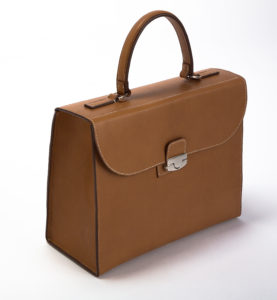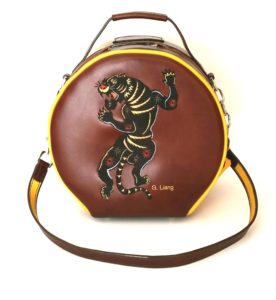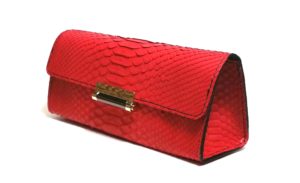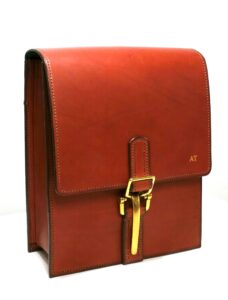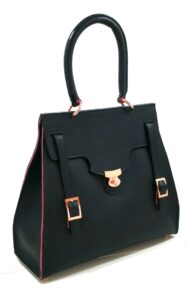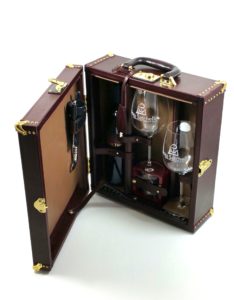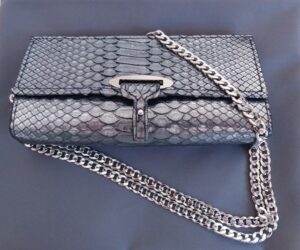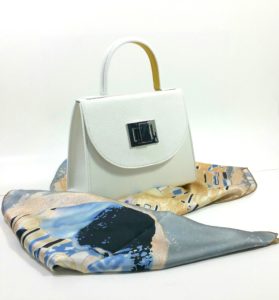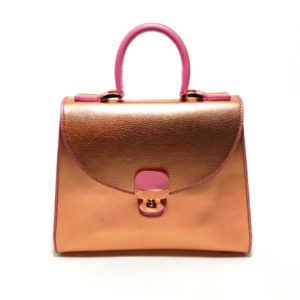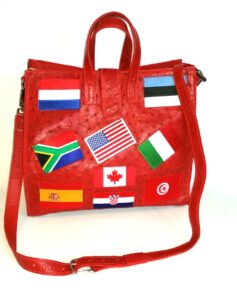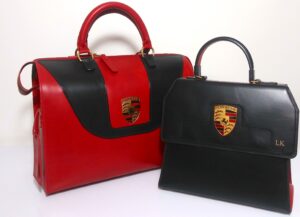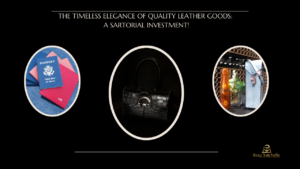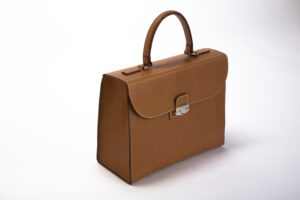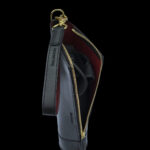Anyone familiar with the history and economy of Detroit knows the automobile industry’s dominance in innovation and manufacturing whether as a designer in the engineering/design/tech sectors to the small tool and die company that produces parts for the larger plants. If you’re a native Detroiter, odds are high you or someone you know works in one of the area car plants or their suppliers. Cars have impacted our city’s way of life for over a century with the introduction of Henry Ford’s moving assembly line in 1913.
Metro Detroit is home to obsessive lovers of automobiles from brand new right off the assembly line to restored machines from eras gone by. Our insatiable love of cars is on display annually during Michigan summers which invite a constant flow of weekend events of car shows and cruises.

Being a novice to the intricacies of what makes one vintage, antique, or classic car better than another in its category, I do understand those particular elements such as the introduction of innovative engineerings such as power brakes, or precise workmanship of the body, trim and the chrome, or for high-performance cars, the engine size, would be one factor that enhances value. Basically, the details, visually or not, heighten the performance and beauty of a well designed automobile.
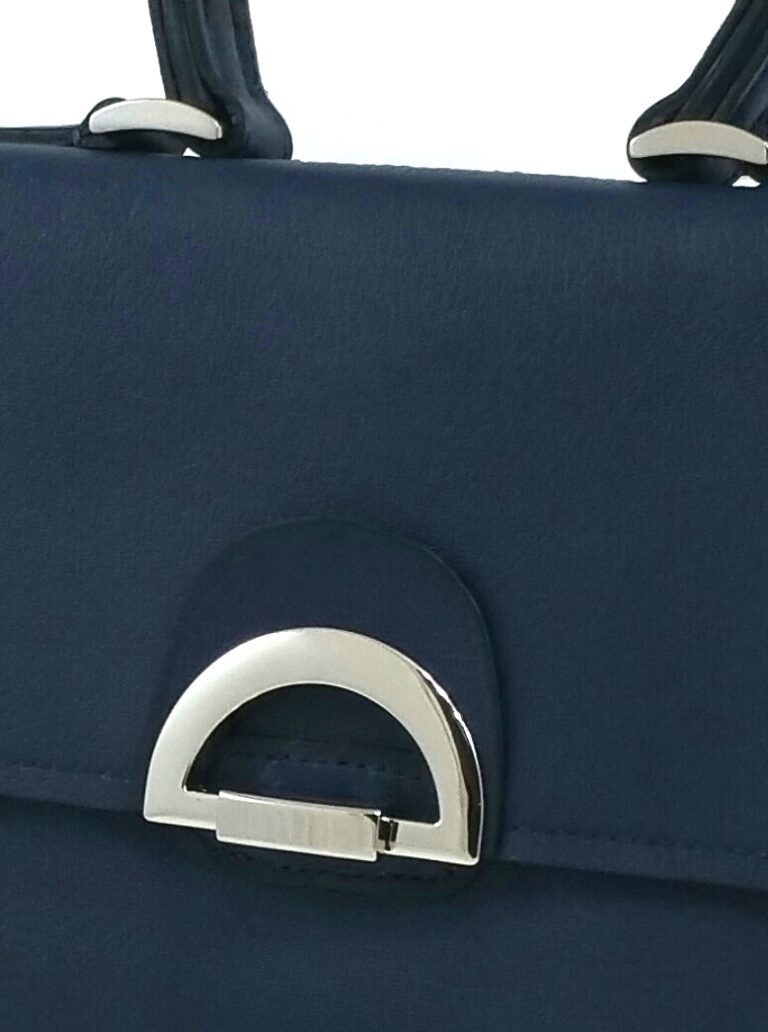
Comparing the unique elements of an automobile to crafting a bespoke leather handbag, a Master Artisan starts with a clean and flawless hide tanned to capture the natural beauty of the leather. Prior to beginning the cuts to the hide, the designer will meticulously decide what hardware will be added for function or design to add its unique value to the completed handbag. For collectors of luxury handbags, the hardware choices have the same effect as those factors in purchasing and restoring a vintage car. The perfect embellishments can communicate sophistication; it can complement the color of the bag or be the centerpiece of a simple design product. A well-designed statement buckle can elevate the beauty of a classic and simple leather messenger bag.
Depending on the type of handbag, hardware chosen can consist of turn magnetic or clasps, locks (combination or companion key), frames to be used for clutches or smaller framed bags with straps, single, double or a mixture of leather/metal chains for the shoulder straps, key fobs attached to the interior of the bag, zippers and zipper pulls, D rings/buckles/swivel hooks for the straps or handles, metal trims/strap end caps/grommets/rivets/strap keeps for the finishing touches, and lastly, feet to protect the bottom of the handbag.

All of the above hardware can be made from a variety of metals and materials including:
– Brass and Antique Brass are alloys of zinc and copper. Brass is considered quite durable and corrosion-resistant depending on the level of elements added to the brass alloy.
– Nickel and solid nickel are also used in creating beautiful pieces of hardware, but its elements can cause an allergic reaction in some users.
– Zinc, Rose Gold, Gum Metal, as well as natural or precious gems and crystals, are additional materials appropriate for handbag hardware. Artisans will also wrap hardware in the same leather used for the bag to give a more balanced and coordinated design. Hermès is known for incorporating precious metals or stones on the individual bag’s adornments or bejeweling the bag itself ensuring that a client is carrying pure opulence on her arm.
– Many leather designers will incorporate Acrylic, Bamboo, and Wood for handles as a lovely mixture of different textures to complement the leather.
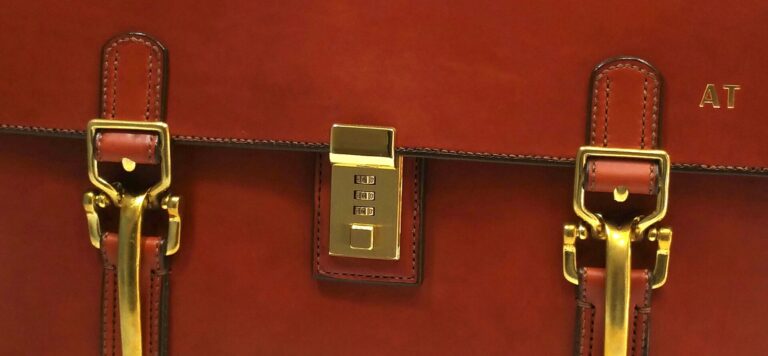
Lastly, in discussing hardware, bag designers may incorporate embellishments of studs and spikes with shapes ranging from pyramids, cones, trees domes, flat tops, and specialty shapes (stars, log-shaped, even crystals inserted). Unlike the types of studs and spikes that would be glued on jewelry or clothing, when working with leather, it is imperative that these types of embellishments are attached correctly. Beau Satchelle’s preferred methods are either hammering rivets to the leather or using sewing techniques to ensure the hardware is fastened securely.
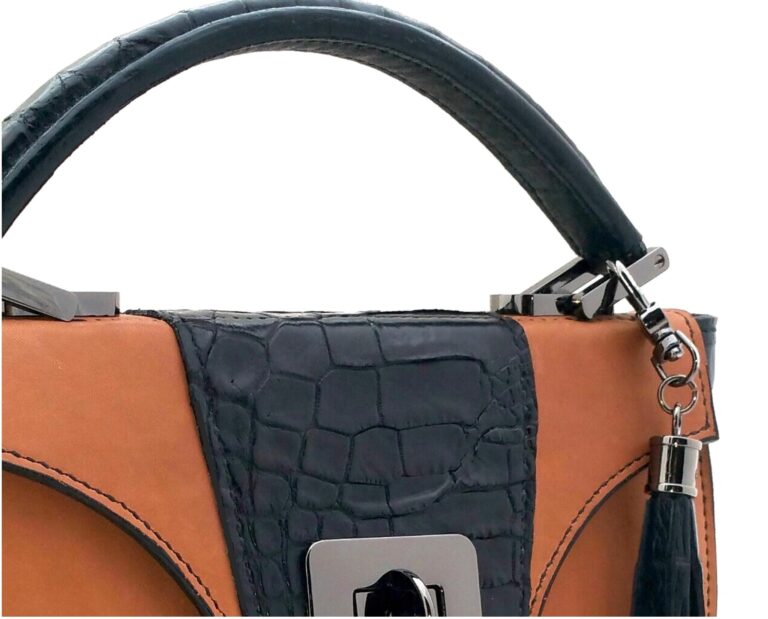
The color of the hardware comes down to taste. Among our fans, there seems to be more of a lean towards gold because of the elegant look, yet nickel (which is silver in color) is just as regal. Gum metal (which is a shade of gray with a bluish-purple tinge) is quite popular especially with certain types of hides. Matte black, rose gold, and iridescent are more costly and harder to come by, but can be absolutely perfect with the right dyed leather. Whatever the choice, Beau Satchelle will continue to seek out the exceptional when it comes to hardware, ensuring owners of our bags can be confident in carrying a custom work of art that marries premium leather and beautiful functioning hardware. -AJ
What’s your favorite look in handbag hardware? Leave your thoughts below in the comment box or on Twitter!
Hat Tip to the following photographers:
S. Hermann & F. Richter – Ford Steering Wheel and Dashboard
SHARE POST
Customer Favorites
